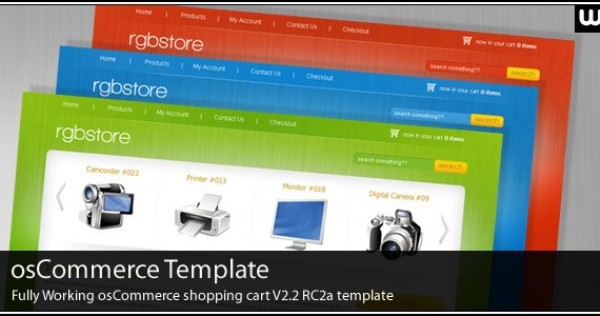E-commerce is a category of business that exists online. Many retail outlets have ecommerce websites, which allows them to reach a wider audience than if they were tied to some fixed location. In addition, the low overhead of an ecommerce operation allows businesses to sell their products for less money than traditional, brick and mortar businesses. This creates strong competition and motivates competitors to adjust their prices accordingly. Ecommerce websites have a variety of software implementations and ecommerce templates to choose from.
When creating an ecommerce website, ecommerce blog; it is helpful to know that there are many software packages available that make installing and designing ecommerce software easy. Many ecommerce sites are designed using a three-tier model, which includes a database, a user interface, and a server that facilitates communication between the database and the user. The choice of which software package to choose from impacts the performance, scalability, and price of the system.
Choosing the perfect template from many ecommerce templates is very important. They affect the style and layout of the user interface. A company can purchase an attractive layout and simply install it on their system. This makes it very easy to create an attractive storefront without having to hire an expensive web designer. Templates also have the advantage of coming with a warranty, so any bugs encountered down the road can be patched later.
When selecting a template, it pays to understand the tastes of the customers. This will impact how they react to the site design. By catering to the tastes of customers, an ecommerce site is likely to attract repeat customers. A confusing or ugly site layout can turn away customers. Some things to avoid are awkward button placements, clashing colors, and overly busy layouts. By avoiding these common pitfalls, a highly usable and attractive template can be chosen.
Once the template is installed, it can be accessed by visiting the online storefront’s main webpage. All that now has to be done is inputting the store inventory into the database. The database stores every item name, its description, price, and other relevant bits of information. Databases may also store client information, such as name, address, and credit card information. However, these databases are often kept on separate machines to avoid security issues. This helps keep sensitive information away from hackers.
The controlling server helps facilitate communication between the user and the database. It controls access to the data, which maintains specific rules on what and how the database can be accessed. For example, users are generally not allowed to delete items from a database, or change their price. The controller limits user access while still allowing pertinent information to be pulled up when necessary. Ecommerce templates serve as front-ends that generate the commands the controller issues to the database. These commands are formulated into database queries that are then processed by the database server. The resulting data is then formatted and sent back to the user. The ecommerce template determines exactly how the data is finally displayed to the end user.





